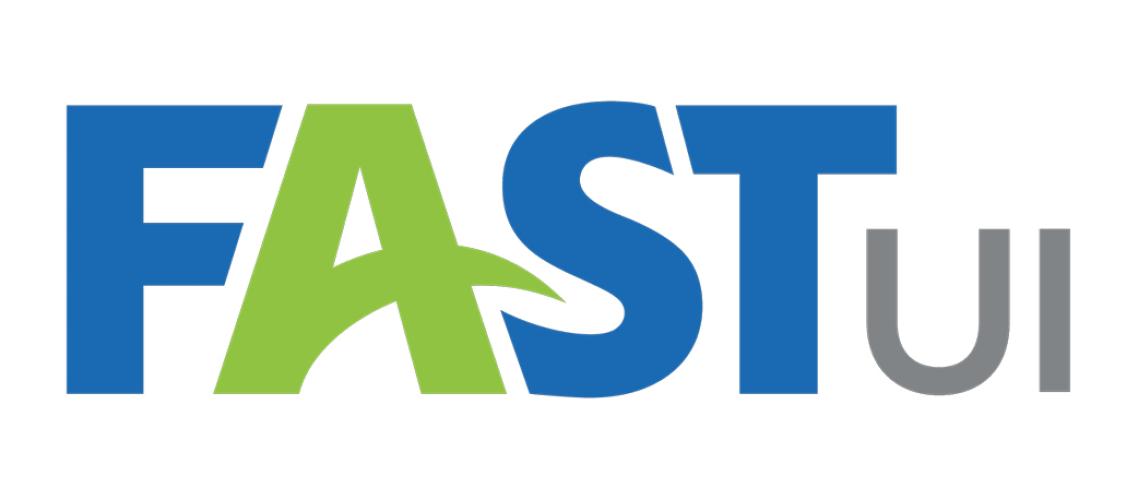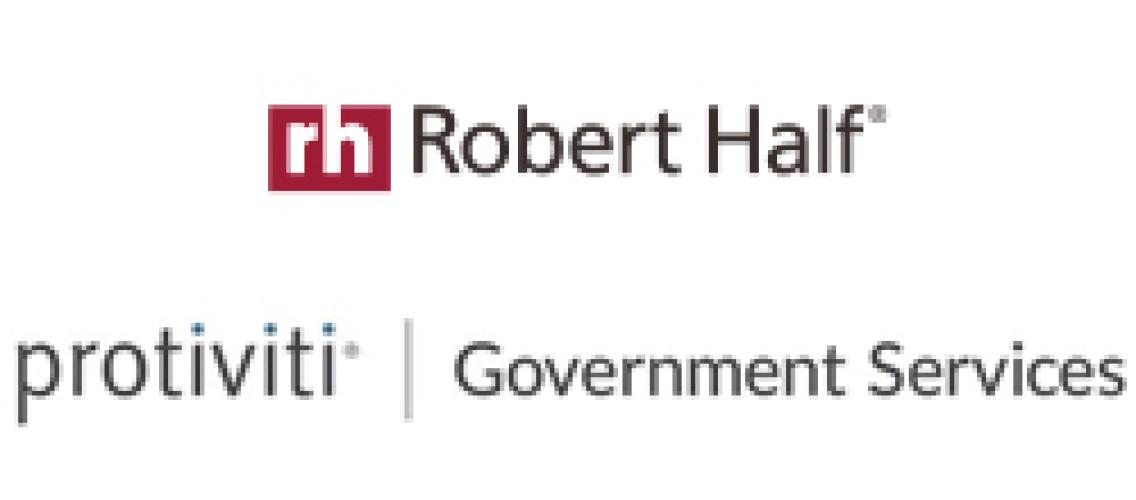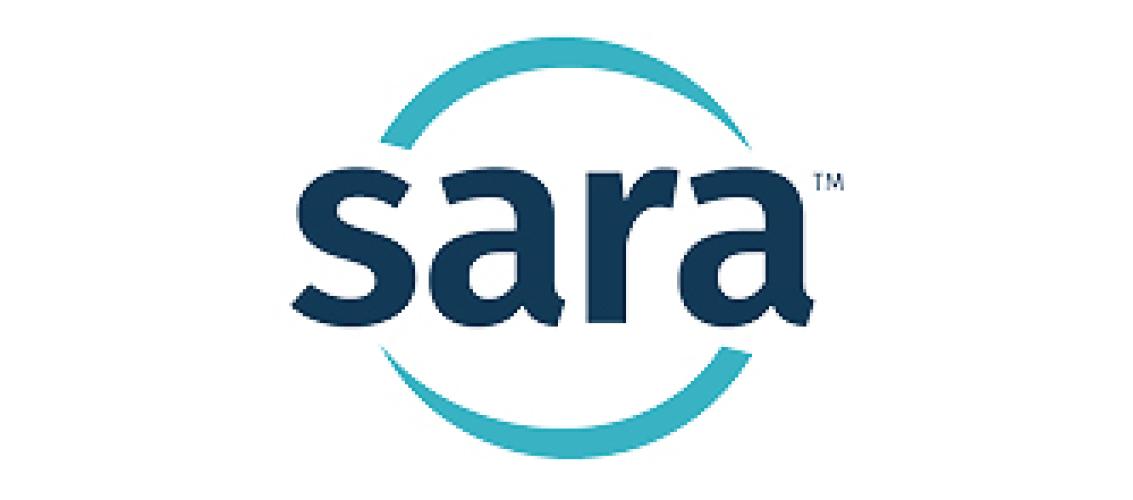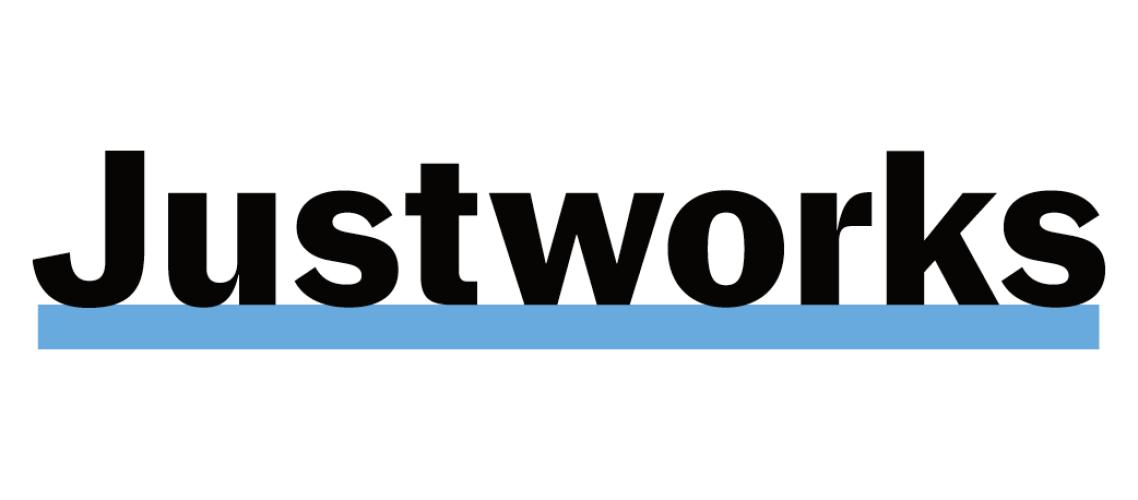NASWA Bulletin - February 6, 2015
In This Issue:
- Highlights of the Administration's 2016 Proposed Budget Affecting USDOL
- Administration's FY2016 Budget Proposes Overhaul of Unemployment Insurance System
- U.S. Economy Added 257,000 Jobs in January; Unemployment Rate at 5.7%
- Unemployment Insurance Initial Claims and Continued Claims Increase
- Reauthorization of Trade Adjustment Assistance May Be Wrapped Into Overall an Trade Bill this Spring
- Notices, Advisories and Reports
Highlights of the Administration's 2016 Proposed Budget Affecting USDOL
On February 2, 2015, President Obama submitted his Fiscal Year (FY) 2016 Budget to Congress. It would provide $13.2 billion in discretionary funding for the U.S. Department of Labor (USDOL), an increase of $1.3 billion compared to the enacted level of $11.9 billion in FY 2015.
Highlights of the budget are described below:
Training and Employment Services
Formula Programs: The Administration proposed a slight increase for the Workforce Innovation and Opportunity Act (WIOA) formula programs. WIOA Adult and Youth programs were increased by five percent over the FY 2015 enacted levels, while the WIOA Dislocated Workers Program has an increase of just over three percent.
Governors Reserve: The Administration’s proposed budget would keep the Governor’s Reserve at 10 percent in FY 2016, rather than the 15 percent level as authorized under WIOA.
WIOA Technical Assistance: The proposed budget includes $3.2 million to provide technical assistance to states and localities for WIOA implementation.
Apprenticeship Grants: The Administration proposes a new line-item of $100 million for apprenticeship grants. These grants would operate on a program year of July 1 through the following June 30.
WIOA -- Integrated Data Systems: The Administration’s proposed budget would include a $33 million increase for the Workforce Data Quality Initiative. The majority of this funding ($30 million) would help states build integrated or bridged data systems to facilitate WIOA Implementation.
Unemployment Insurance
The Administration’s budget proposal contains a number of legislative initiatives including: improving the solvency of the UI system (through increases the FUTA tax rate and increasing state unemployment tax bases), reforming the Extended Benefits program, mandating the use of the State Information Data Exchange System, and enhancing reemployment services. Other highlights within the Unemployment Insurance part of the Administration’s proposed budget include the following:
State Consortia: The proposed budget includes a stand-alone amount of $60 million to fund state consortia to modernize their UI tax and benefit systems. Funding for modernization efforts have previously come from Supplemental Budget Requests.
Reemployment Services and Eligibility Assessments -- (REA/RES): The Administration includes $180.9 million for these services, an increase of over $100.9 million compared to the FY 2015 enacted level. To support transitioning veterans, this funding will be targeted to provide RES/REA services to all recently separated military personnel receiving UCX.
Additional Employment Service (ES) Funds for Reemployment: In addition to the $664 million for ES administration, an additional $400 million is being sought through ES Supplemental Budget Requests for states to provide intensive reemployment services to dislocated workers.
Workforce Information-Electronic Tools-System Building: The Administration proposes a $20 million increase from the FY 2015 enacted level. Fifteen million dollars of this increase is for grants to states and partnerships of States to address areas where occupational licensing requirements create an unnecessary barrier to labor market entry and where interstate portability of licenses can assist dislocated workers, transitioning service members, veterans, and military spouses.
Trade Adjustment Assistance:
The Administration included a legislative proposal to reauthorize the Trade Adjustment Assistance (TAA) program. If reauthorization does not occur, the proposed budget requests $664.2 million, which if enacted, would continue the program. This amount includes $283.2 million in funds for training and other activities, $357 million for Trade Readjustment Allowances and $24 million for Alternative/Reemployment and Trade Adjustment Assistance.
New Resource: Please click here for a Power Point primer on the Federal Budget Process prepared by National Journal
The PDF version of Bulletin contains a NASWA Chart reflecting how the President’s FY 2016 Budget differs from the Omnibus FY 2014 and Omnibus FY 2015 enacted levels.
Administration's FY2016 Budget Proposes Overhaul of Unemployment Insurance System
The Administration’s Fiscal Year 2016 budget, sent to Congress on February 2nd, includes a number of proposals to the unemployment insurance (UI) system. The PDF version of Bulletin contains a chart that provides a listing of the proposals. Some of the proposals, especially those that would increase the FUTA tax and increase the taxable wage base to $40,000, have been in previous budgets, and rejected by Congress. Please click here for additional details (pages 16-18).
U.S. Economy Added 257,000 Jobs in January; Unemployment Rate at 5.7%
Total nonfarm payroll employment grew by a seasonally adjusted 257,000 in January, and the unemployment rate, calculated from a separate survey of households, climbed to 5.7 percent in January from the prior month’s 5.6 percent, the U.S. Bureau of Labor Statistics reported today. The rate rose because the labor force grew as more Americans searched for work. Job gains occurred in retail, trade, construction, health care, financial activities, and manufacturing.
The average hourly wage of private-sector workers rose 0.5% from December, above the analyst’s expectation of a 0.3% rise. Wages are up 2.2% over the past year, a sluggish pace historically but a notable pickup from prior months.
After incorporating revisions that increased total nonfarm employment by 147,000 for November and December combined (including the impact of the annual benchmark process), monthly job gains have averaged 336,000 over the past 3 months. In 2014, employment growth averaged 260,000 per month.
Other highlights from the survey of households include the following:
- The unemployment rate was little changed at 5.7 percent in January. The jobless rate has shown no net change since October. There were 9.0 million unemployed persons in January, little different from the prior month.
- The labor force participation rate increased by 0.2 percentage points to 62.9 percent in January, following a decline of the same magnitude in the prior month. The employment-population ratio was little changed at 59.3 percent in January. Among the employed, the number of persons working part time for economic reasons was 6.8 million, about unchanged over the month. These individuals would have preferred full-time employment, but had their hours cut or were unable to find full-time work.
- The number of long-term unemployed (those jobless for 27 weeks or more) was essentially unchanged at 2.8 million. These individuals accounted for 31.5 percent of the unemployed. Over the past 12 months, the number of long-term unemployed is down by 828,000.
- Among the marginally attached, there were 682,000 discouraged workers in January, down by 155,000 from a year earlier. (The data are not seasonally adjusted.) Discouraged workers are persons not currently looking for work because they believe no jobs are available for them. The remaining 1.6 million persons marginally attached to the labor force in January had not searched for work because of school attendance or family responsibilities.
Unemployment Insurance Initial Claims and Continued Claims Increase
The U.S. Department of Labor reported for the week ending January 31, 2015, seasonally adjusted unemployment insurance initial claims increased from the previous week’s revised figure.
Seasonally adjusted initial claims increased by 11,000 to 278,000 from last week’s revised figure of 267,000. The 4-week moving average was 292,750, a decrease of 6,500 from the previous week's revised average of 299,250. The unadjusted initial claims level totaled 305,712 up 23,827 from the previous week, and down 52,030 from the level of 357,742 for a comparable week in 2014.
UI continued claims, seasonally adjusted, for the week ending January 24, 2015 were 2,400,000, up 6,000 from the previous week’s revised figure. The 4-week moving average decreased 21,250 to 2,421,250 from the prior week’s revised figure of 2,442,500.
The total number of individuals claiming benefits in all programs for the week ending January 17, 2015, was 2,839,835, a decrease of 131,507 from the prior week. Regular state continued claims decreased by 126,470, and EB decreased by 3. During the week of January 17, continued claims for ex-federal employees stood at 16,979 down 1,090 from the prior week, and newly discharged veteran at 23,952 down 1,694 from the prior week.
The President’s FY 2016 Budget builds the requested funding level for UI State Administration on the projected level of unemployment. This in turn drives an estimate for the average weekly insured unemployment (AWIU) and thru a set of established relationships between initial claims, weekly claims, non-monetary determinations, appeals, time to process each, and salary levels a total dollar estimate. If the actual workload is less than the AWIU used in the budget then funds may be available for supplemental budget requests (SBR), if more, the likelihood of SBRs is less. In the chart below the weeks claimed series is plotted against the FY 15 AWIU and the newly released FY 16 AWIU.
Reauthorization of Trade Adjustment Assistance May Be Wrapped Into Overall an Trade Bill this Spring
Reauthorization of the Trade Adjustment Assistance program (TAA) may be a possibility this year as Senior Republicans, on the House Committee on Ways and Means, including its Chairman, Rep. Paul Ryan (R-WI), said this week they expect hearings on how to address the President’s request for trade promotion authority or “fast track.” This procedure allows the President to bring an already-negotiated trade agreement for an up or down vote in the House and Senate. Congress has to grant the “fast track” authority which the President is seeking it in his fiscal 2016 Budget, especially the ability to sign a trade agreement with Pacific Rim countries sometime this spring.
Rep. Pat Tiberi (R-OH), Chairman of the House Ways and Means Subcommittee on Trade is working with members of his subcommittee to grant the President the Trade Promotion Authority to move ahead on Trans-Pacific Partnership pact that is under negotiations. If a “fast track” trade agreement is negotiated, it provides an opening for the reauthorization of Trade Adjustment Assistance (TAA). Although the authorization for the program lapsed two years ago, the fiscal 2015 appropriations bill provided funding to keep the program running.
The Administration’s Fiscal Year (FY) 2016 includes a advanced by Senator Sherrod Brown (D-OH), one of the Senate’s strongest supporters of TAA, which would boost funding for the program to the level it was before Congress allowed it to lapse in 2014. If adopted, the reauthorization of the TAA, as outlined in the Administration’s budget, would cost $986 million, up from the current $658.
While it is unlikely Congress would fund TAA at the Administration’s request of $986 million, it does begin the dialogue early in the 114th Congress on how to reauthorize the TAA program. The effectiveness of the TAA program has been debated for many years, especially as the funding levels rose rapidly through the 2000,’s.
Opponents of the program say workers who lose jobs or business to overseas companies are not more deserving of help than those affected by other economic trends, such as automation or technological disruption. Supporters of the program take the opposite approach. Notably, the issue does not break down over political party, but rather those states that have lost jobs to foreign trade. For workers, a 2008 study by researchers from American University found that the retraining assistance did help people find new jobs — but they were at much lower wages than their previous positions. A 2012 cost-benefit evaluation commissioned by the Department of Labor by Mathematica Policy Research found a net cost to society of $53,802 for each person who enrolled in the program between November 2005 and October 2006.
Status of the TAA Program
- The TAA program provides training, income support referred to as Trade Readjustment Allowances (TRA); wage subsidies for older workers in the form of Alternative Trade Adjustment Assistance (ATAA) and Reemployment Trade Adjustment Assistance (RTAA); and job search and relocation allowances to groups of workers who file a petition and are certified as eligible to apply for such benefits due to job losses resulting from increased imports from, or offshoring to, foreign countries. The U.S. Department of Labor’s Employment and Training Administration (ETA) has oversight responsibility for the TAA program, including investigations of TAA petitions and certifies worker groups as eligible to apply for assistance.
- TAA, first established in 1974, has been amended a number of times over the past several years. Due to grandfathering provisions that were included in the last amendments to the program, the Trade Adjustment Assistance Act of 2011 (TAAEA), ETA currently administers four versions of the TAA for workers program, referred to as the 2002 Program, the 2009 Program, the 2011 Program, and Reversion 2014.
- The Consolidated and Further Continuing Appropriations Act of 2015 appropriated $710.6 million to fund the TAA program during FY 2015, including the grandfathered programs. The passage of this legislation had the effect of suspending the termination provisions through September 30, 2015, and continuing the TAA program under Reversion 2014 for groups of workers covered by petitions certified on and after January 1, 2015 through September 30, 2015.
New Resource: Click Here for a USDOL power point on TAA provided to NASWA’s Administration and Finance Committee in January, 2015
Notices, Advisories and Reports
Bureau of Labor Statistics Reports
February 4, 2014: BLS released the Metropolitan Area Employment and Unemployment Summary for the month of December 2014. Unemployment rates were lower in December than a year earlier in 341 of the 372 metropolitan areas, higher in 25 areas, and unchanged in 6 areas, the U.S. Bureau of Labor Statistics reported today. Fourteen areas had jobless rates of at least 10.0 percent and 158 areas had rates of less than 5.0 percent. Nonfarm payroll employment increased over the year in 312 metropolitan areas, decreased in 49 areas, and was unchanged in 11 areas. The national unemployment rate in December was 5.4 percent, not seasonally adjusted, down from 6.5 percent a year earlier.
USDOL Directives & Releases
February 2, 2015: ETA released Training and Employment Notice No. 19-14 to inform the public workforce system and partners of the functionality and value of the government-wide Veterans Employment Center(VEC) available now through the eBenefits portal hosted by the Department of Veterans Affairs (VA) at:https://www.ebenefits.va.gov/ebenefits/jobs.
February 3, 2014: ETA released Training and Employment Notice No. 20-14 to disseminate the final report of a study to develop an enhanced military to civilian occupational crosswalk under the provisions of Section 222 of the VOW to Hire Heroes Act and to alert the workforce system and its partners of the availability of the study and resulting enhanced crosswalk. The enhanced crosswalk is designed to help transitioning service members and veterans expand their potential options to transfer military skills and training to civilian careers and employment.
February 4, 2015: ETA released Training and Employment Notice No. 21-14 to announce the availability of $100 million for American Apprenticeship Initiative Grants to public-private partnerships. The Department will award approximately 25 grants from $2.5 million to $5 million each, for a period of performance of 5 years from the date of award. The deadline for applying is April 30, 2015.
For questions or comments, please contact NASWA Bulletin Editor Marc Katz at mkatz@naswa.org.






































